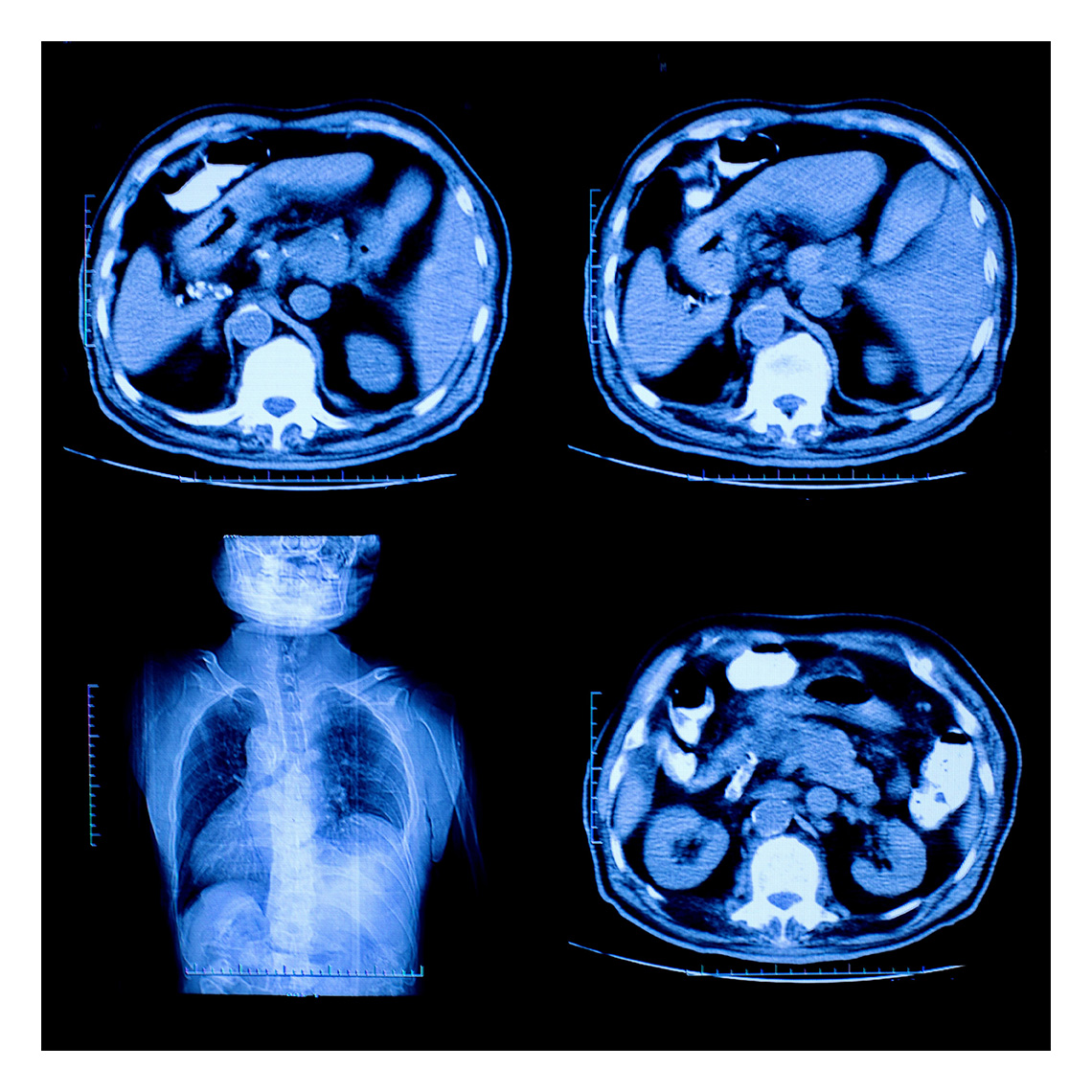Newsletter
It Won’t Be Easy
May 31, 2020
The use of the term “difficult patient” has been castigated as insensitive to individuals whose lives don’t comply with societal norms, much as “non-compliance” fell out of favor in health care when it was exposed as being too paternalistic. For clinicians (and their staffs) seeing patients in the post-quarantine phase of the COVID-19 pandemic, paying heed to these and other linguistic challenges may become an added consideration of patient encounters.
We hope that the spirit of mutual responsibility for taming COVID-19and the tolerance for special accommodations will extend into the new normal. But, of course, health concerns (and financial issues) raise anxiety, shorten tempers, and make non-standard information or solutions more appealing. Health care providers can expect, and need to be prepared for, patients who:
- Insist on an in-office appointment when a virtual appointment is appropriate
- Insist on a virtual appointment when an in-office appointment is appropriate
- Demand COVID-19 testing regardless of symptoms or exposure
- Refuse to wear a mask in your waiting or exam space
- Refuse or ignore (non COVID-19) urgent care recommendations
- Request prophylactic treatment via unproven medications or devices
- Deny the presence of COVID-19 symptoms or exposure during screening
Given the infection risk of COVID-19, these, and no doubt other patient behaviors, put caregivers in a quandary. At what point does one patient’s choice become an untenable risk to other patients and to the provider and staff? How can you help or redirect a problem patient without consequent harm, an allegation of substandard care, or an employee complaint?
Whatever behaviors rile them, physicians and nurses (and office staff) cannot just wish patients away because they are uncooperative or hard to appease: they are duty bound to find ways to make the patient relationship tolerable, and the health care encounters appropriate and safe, or appropriately transfer their care.
Some organizations or practice settings offer training and coaching for managing atypical patient relationships, and independent help and advice are widely available to any physician who understands that the problem is serious and the consequences of ignoring it are potentially tragic. Take advantage of them.
Of course, sometimes it is the physician who triggers conflict. And while a “bad day” may pass for the physician, the patients he or she alienated may not forget those encounters. Chronic friction with patients may signal the need for peer or leadership intervention and help. No need to make things more difficult than they already are.
Additional Material
Latest News from CRICO
Utilization of Electronic Health Record Sex and Gender Demographic Fields: A Metadata and Mixed Methods Analysis


The Safety of Outpatient Health Care

